Your cart is currently empty!
Tag: PestManagement
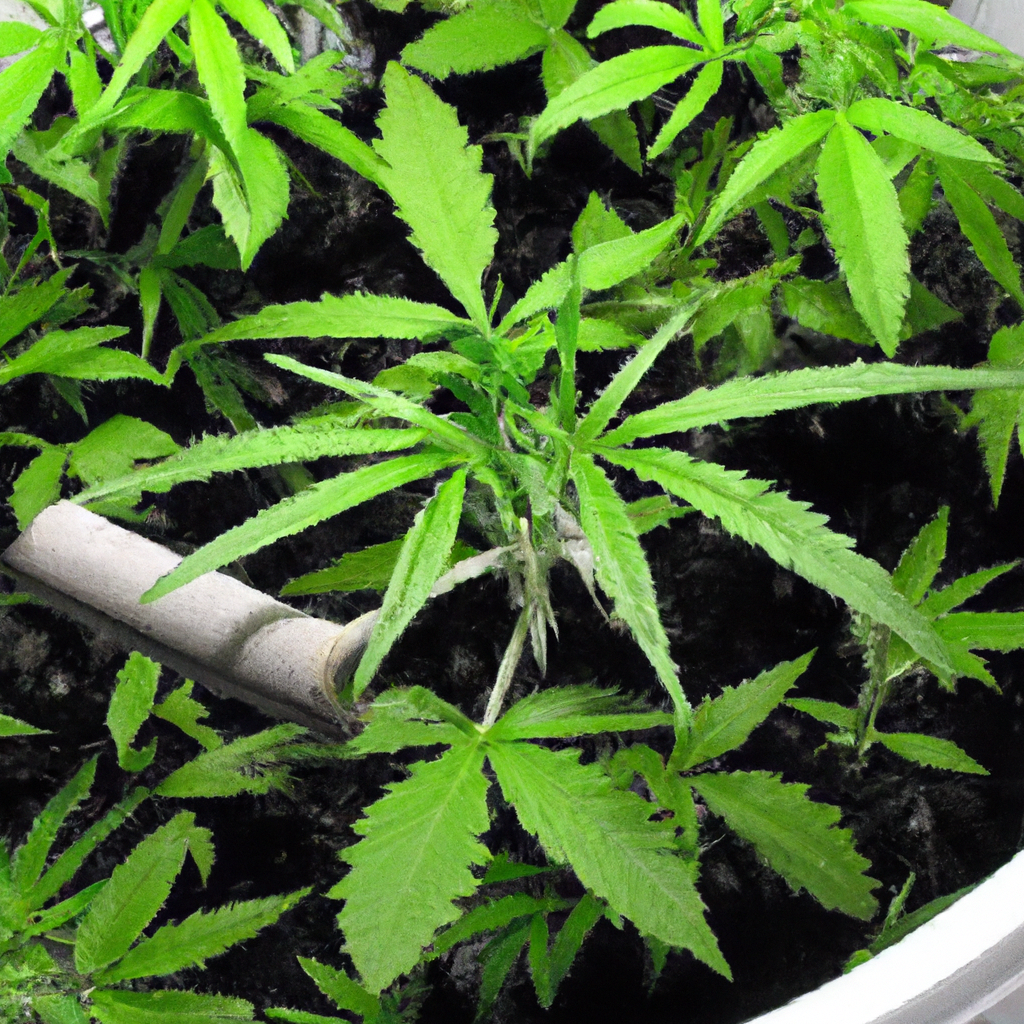
Growing cannabis can be highly rewarding, but pests pose a significant challenge. This guide explores organic pest control methods, such as Integrated Pest Management (IPM) and natural solutions like neem oil, diatomaceous earth, and companion planting, to safeguard your plants. IPM combines various strategies to effectively control pests while minimizing pesticide use, protecting beneficial organisms,…
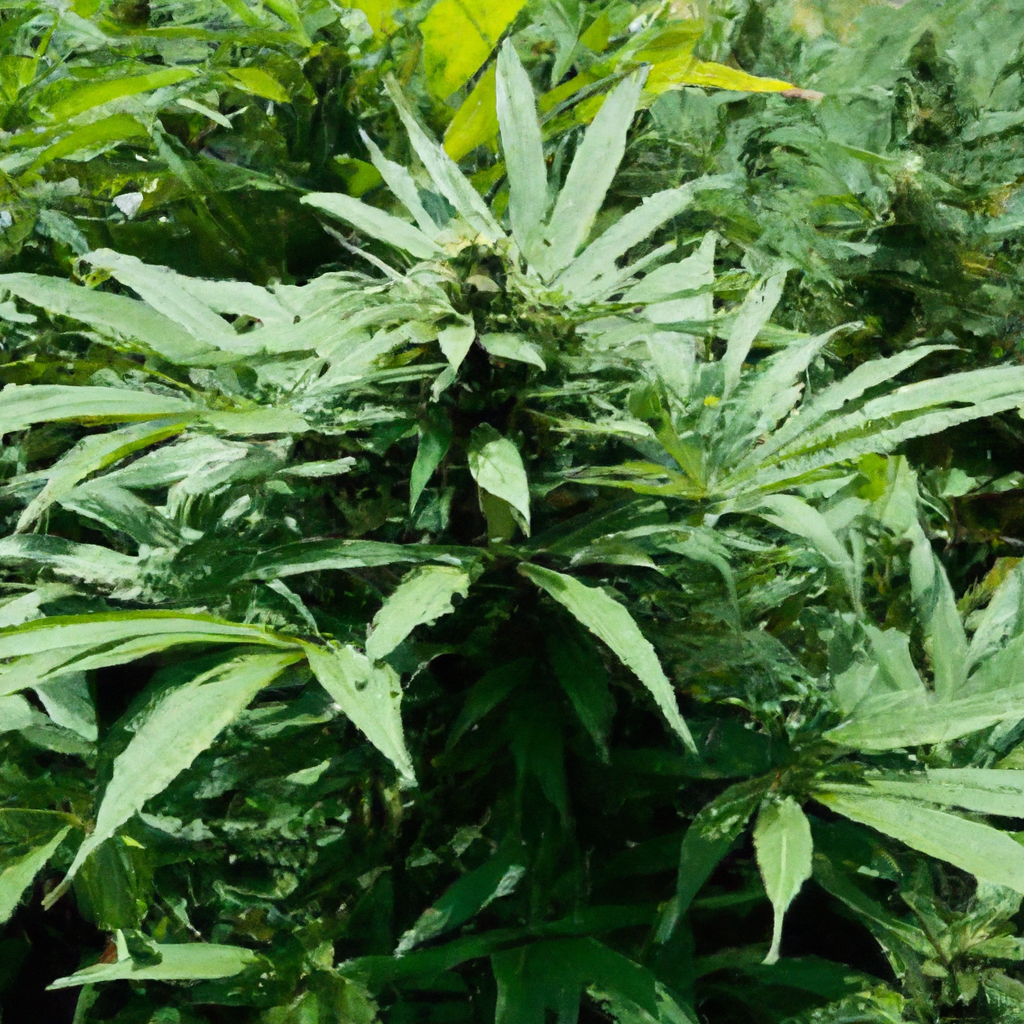
Organic cannabis cultivation prioritizes quality, sustainability, and health by integrating natural ecosystems. This approach enhances yields and supports environmental health through techniques like using natural fertilizers, composting, and pesticide-free methods. Building a robust soil ecosystem, avoiding synthetic chemicals, and employing natural pest control strategies, such as beneficial insects and neem oil, are key components. The…
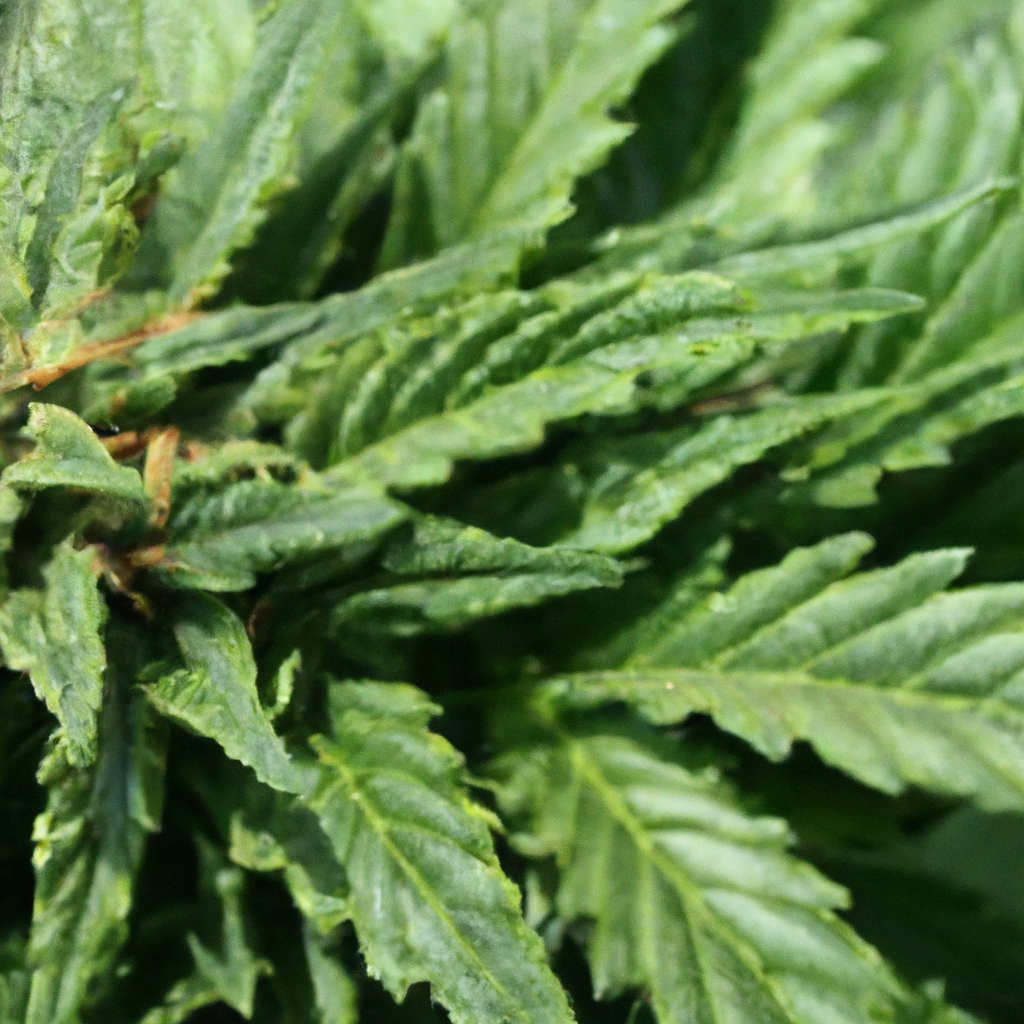
Organic cannabis cultivation is gaining traction among growers focused on environmental impact and healthier consumer products. By utilizing natural fertilizers, composting, and biological pest control, cultivators foster thriving soil ecosystems and produce superior cannabis with enhanced quality and potency. Key practices include enriching the soil with natural materials, implementing biological pest controls, and promoting sustainability…
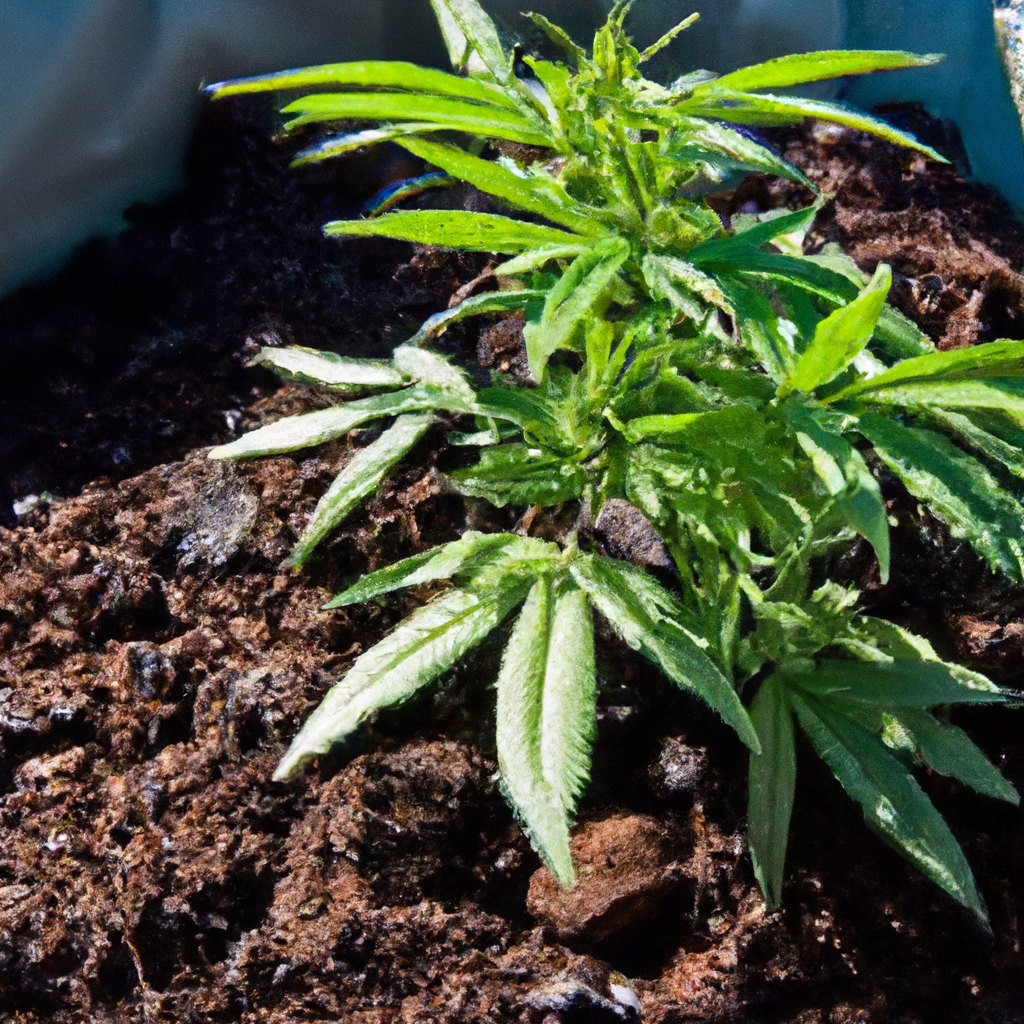
Organic cannabis cultivation is thriving as demand for sustainable products increases. By emphasizing natural fertilizers, composting, and eco-friendly pest management, growers can benefit the environment while producing cannabis with rich flavors and potent effects. Key practices include using compost, animal manure, and bone meal to enrich soil, building healthy soil ecosystems through beneficial microbes and…
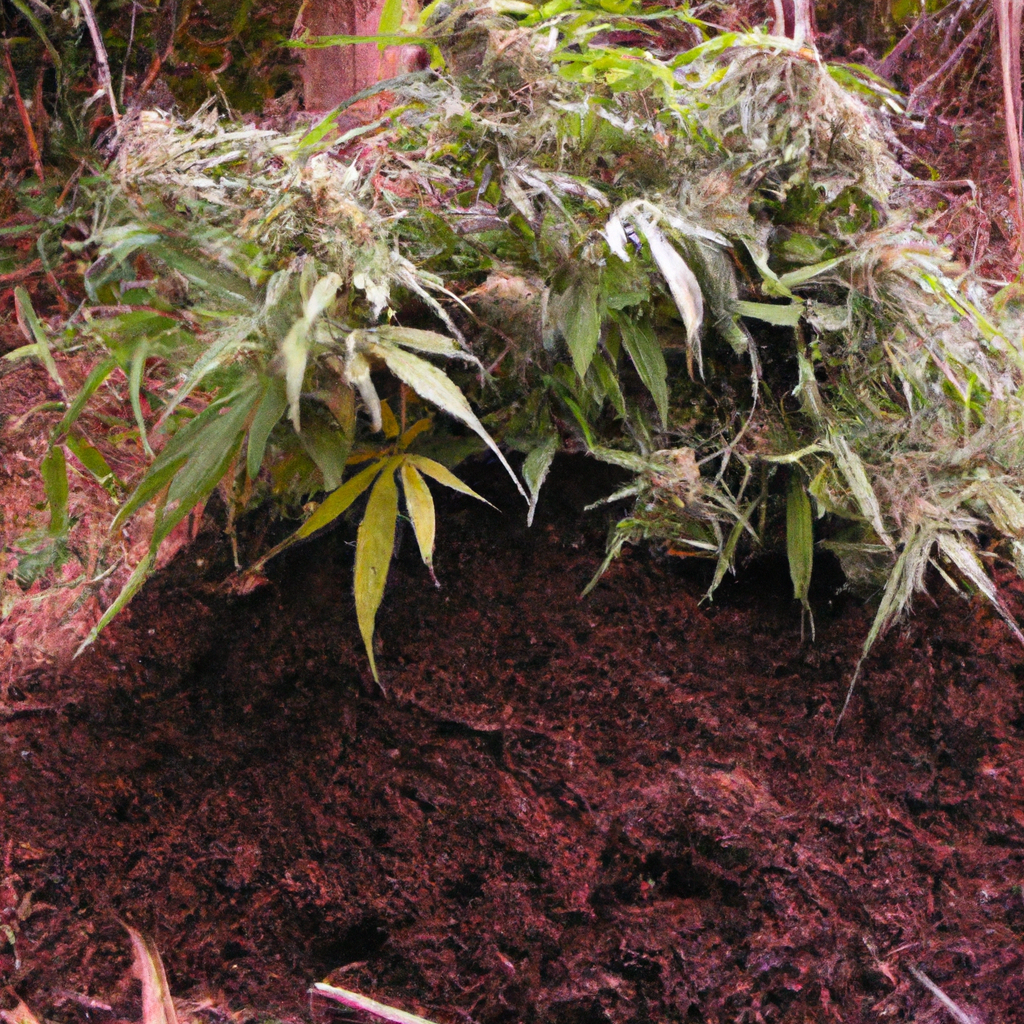
Discover the environmentally friendly benefits of organically grown cannabis with this guide to organic cultivation. Learn how to build a thriving soil ecosystem using composting, cover crops, and mulching. Explore the use of natural fertilizers like worm castings, bone meal, and seaweed extract to nourish plants without synthetic additives. Implement effective organic pest control through…
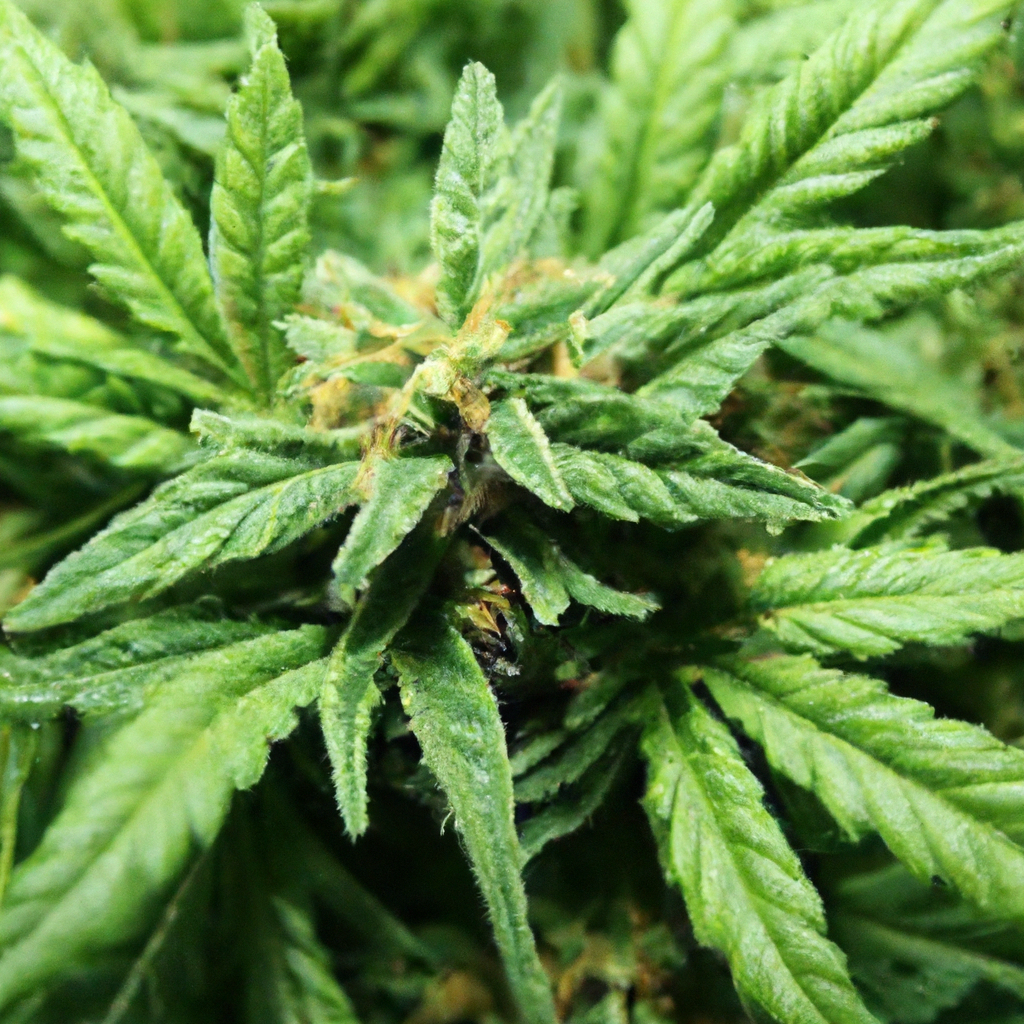
Growing cannabis organically is a commitment to quality and environmental responsibility. By using natural fertilizers, compost, and eco-friendly pest control, you can produce healthier plants while reducing your environmental impact. This guide offers best practices for organic cultivation, emphasizing the importance of building a healthy soil ecosystem and avoiding synthetic chemicals. Benefits include reduced pollution,…
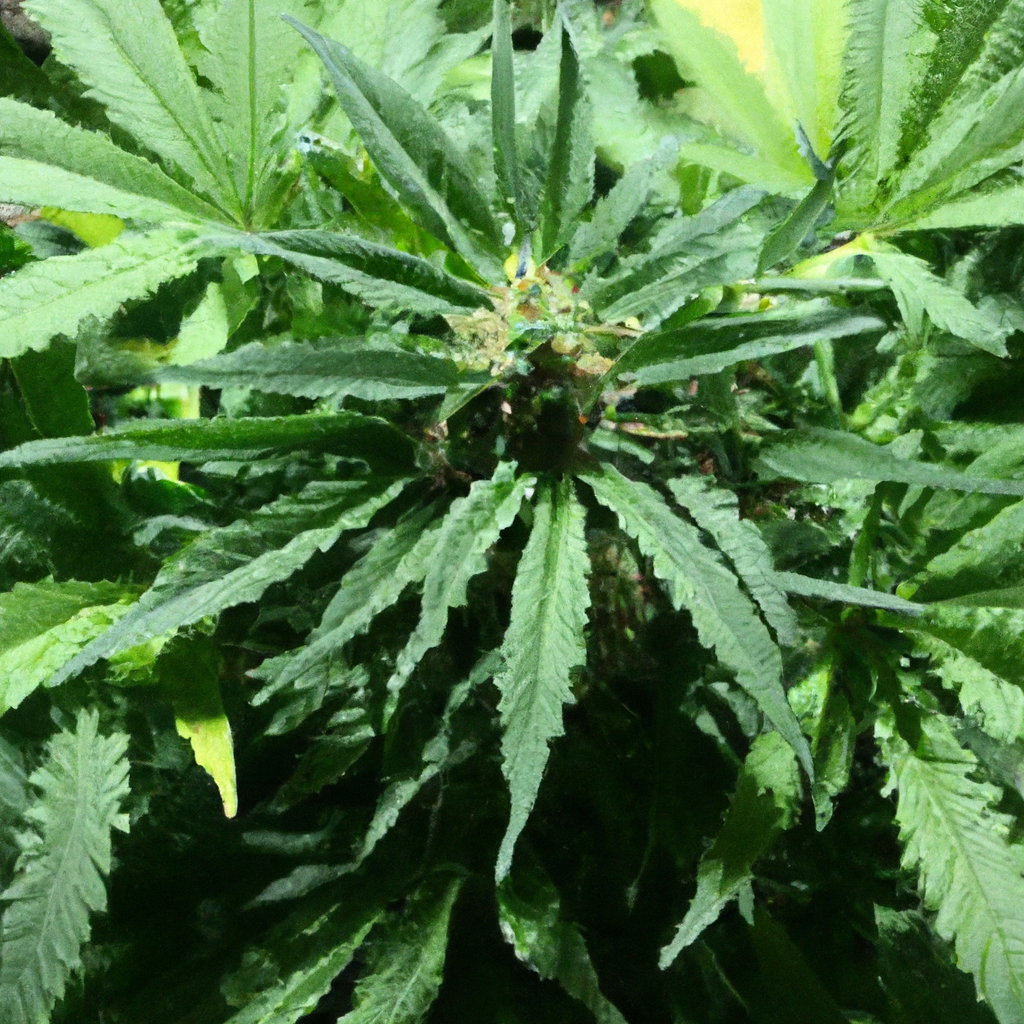
The demand for organic cannabis is growing as consumers recognize the environmental and health benefits of natural cultivation. Embracing organic practices enhances plant flavor and potency while promoting ecological balance. Key strategies include building robust soil ecosystems using compost and mulch, opting for natural fertilizers like worm castings and bone meal, and applying eco-friendly pest…

Organic cannabis cultivation preserves the environment and delivers a richer product. This article discusses techniques such as building a healthy soil ecosystem through composting, cover crops, and mulching. It advocates for natural fertilizers like neem cake and fish emulsion, and sustainable pest control methods, including companion planting and beneficial insects. The benefits of organic cannabis…
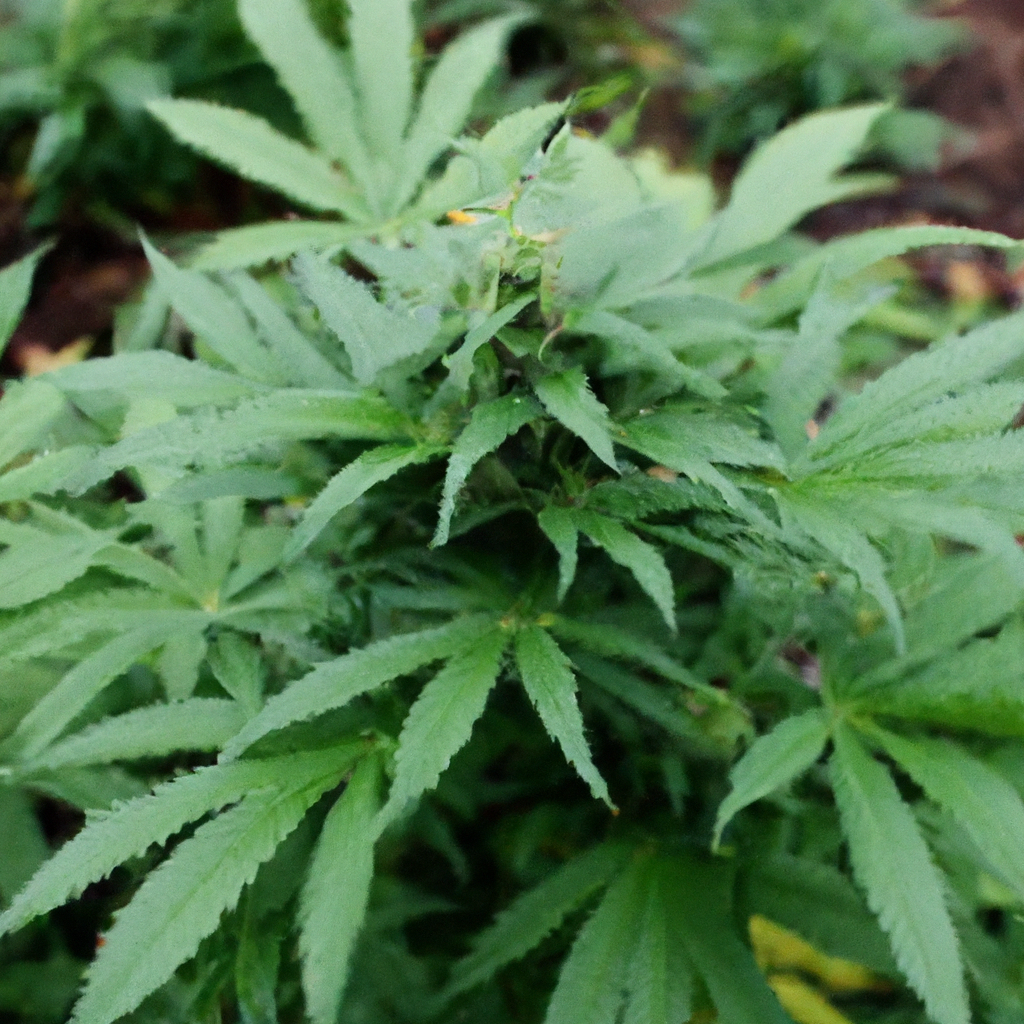
Organic cannabis cultivation focuses on using natural rhythms and resources to produce sustainable, flavorful plants. By enhancing soil ecosystems through composting, natural amendments, and crop rotation, growers improve plant health and yield. Organic fertilizers like manure and vermicompost provide balanced nutrients without residues. Eco-friendly pest control employs beneficial insects and natural pesticides like neem oil.…
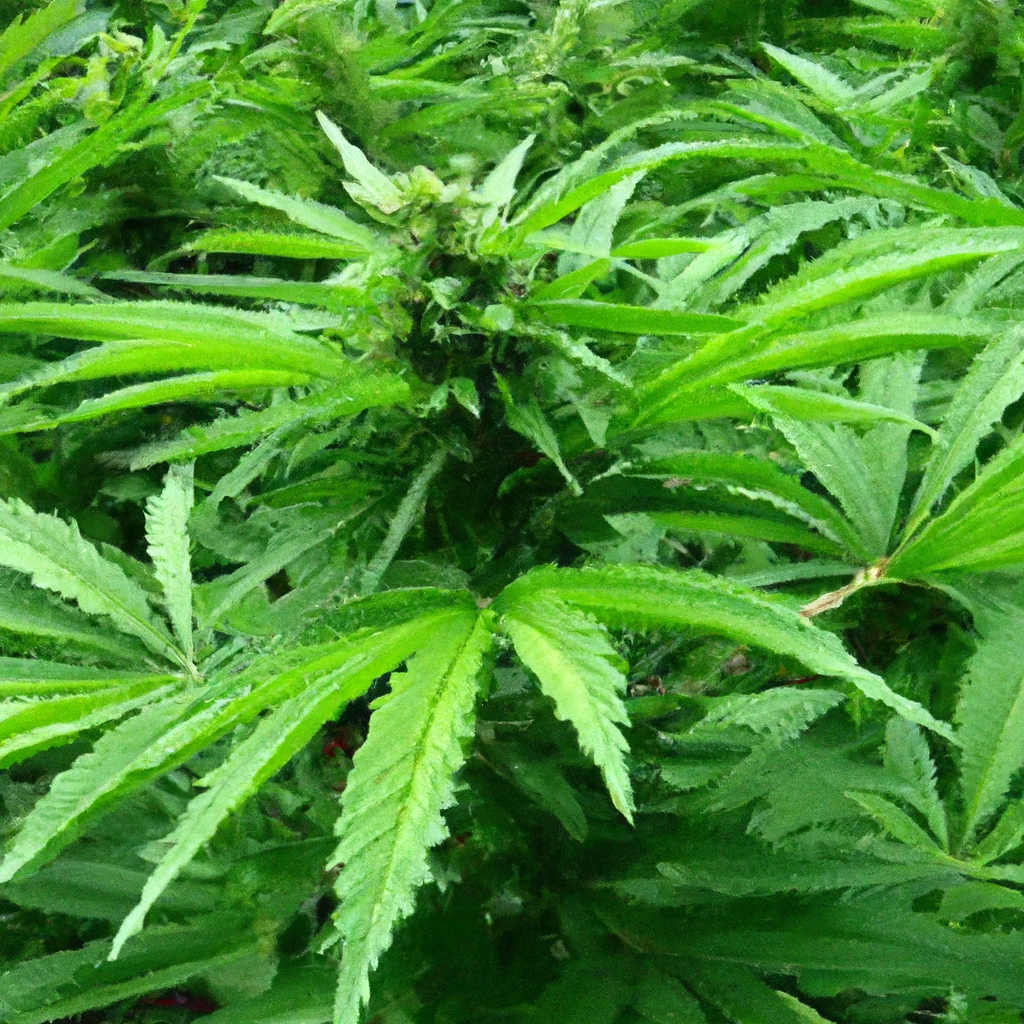
Organic cannabis cultivation focuses on sustainability, enhancing soil health while minimizing environmental impact. This guide outlines best practices for enriching soil ecosystems, utilizing natural fertilizers such as bone meal and fish emulsion, and employing sustainable pest control techniques like beneficial insects and companion planting. Emphasizing water conservation, renewable energy, and closed-loop systems further supports eco-friendly…
